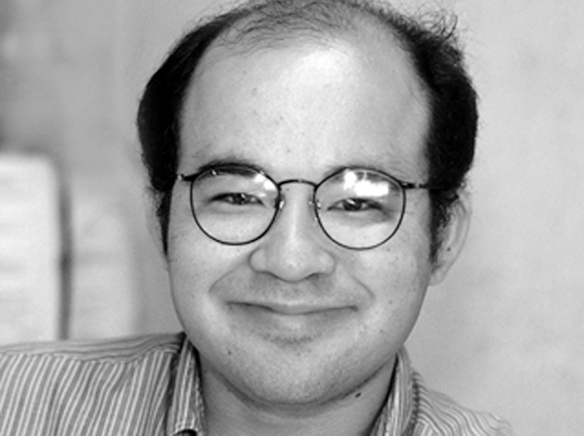Well, it was about time.
On Thursday, June 25, gay marriage was legal in 37 American states. The next day, the U.S. Supreme Court declared same-sex marriage to be legal in all 50 states. That evening, the White House was lit up in the colors of the gay pride rainbow flag — other buildings, including the Empire State Building and Cinderella’s Castle at Disneyland, quickly followed suit.
Well, it was about time.
On Thursday, June 25, gay marriage was legal in 37 American states. The next day, the U.S. Supreme Court declared same-sex marriage to be legal in all 50 states. That evening, the White House was lit up in the colors of the gay pride rainbow flag — other buildings, including the Empire State Building and Cinderella’s Castle at Disneyland, quickly followed suit.
Unfortunately, there are still a couple of snags. Mississippi — a state which still includes the Confederate battle flag in its official state flag — announced that they ain’t gonna let no golldurned Yankee court tell them what to do. (I may have paraphrased slightly.)
I suppose that’s to be expected from a region which didn’t exactly jump to remove all the “whites only” signs when courts declared that “separate but equal” was a bad idea. However, it’s worth noting that former Confederate states Virginia, South Carolina and Florida already allowed gay marriage prior to the Supreme Court’s decision, so the Solid South isn’t quite as solid for this equal rights struggle.
Looking beyond America’s borders, gay marriage is also legal in Canada, Spain, Belgium, the Netherlands, Portugal, South Africa, France, Great Britain, Brazil, Argentina, New Zealand, Finland, Denmark, Iceland, Norway and Sweden. Ireland, a heavily Roman Catholic nation, recently voted to allow gay marriage, so that says something about public acceptance.
In some cases, it has been the courts which have pushed society forward. This has led some anti-gay folks to complain that the courts have “overstepped their boundaries.”
Nonsense. The United States is not ruled solely by Congress or solely by the President. The U.S. Constitution gives us three equal branches of government, with the judiciary making sure that we play by the rules and that the game of politics is played fairly.
The umpire analogy is a bit too simplistic, but it is not entirely inaccurate, either. Umpires are not popular people, and their decisions may make some people angry, but nobody understands the rules better than they do.
The law is clear. Neither God nor the Bible enter the equation; you can thank the First Amendment’s establishment clause for that. But the real key is the Fourteenth Amendment:
“All persons born or naturalized in the United States, and subject to the jurisdiction thereof, are citizens of the United States and of the State wherein they reside. No State shall make or enforce any law which shall abridge the privileges or immunities of citizens of the United States; nor shall any State deprive any person of life, liberty, or property, without due process of law; nor deny to any person within its jurisdiction the equal protection of the laws.”
Get that? Equal protection, which is to say equal rights. Which includes marriage (and all of the tax and legal benefits that go with it). And not just for straight citizens, but all citizens.
Ah, you say, but the U.S. Constitution doesn’t specifically mention marriage. It doesn’t have to. Consider the Ninth Amendment:
“The enumeration in the Constitution, of certain rights, shall not be construed to deny or disparage others retained by the people.”
Or, just because a right isn’t specifically mentioned, doesn’t mean it doesn’t exist.
Gay marriage is already legal in California, so the Supreme Court’s decision doesn’t really have much of an effect on people living here. But it is still an important landmark. Obergefell v. Hodges deserves to be in the history books alongside Loving v. Virginia or Brown v. Board of Education. It is a huge step on the road to full equality.
James Fujita is a former GVN news editor. He works as a copy editor for the Visalia Times-Delta in California’s Central Valley. Fujita can be contacted at jim61773@yahoo.com


















